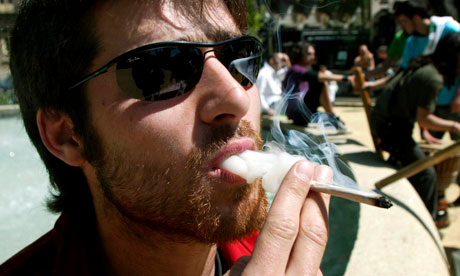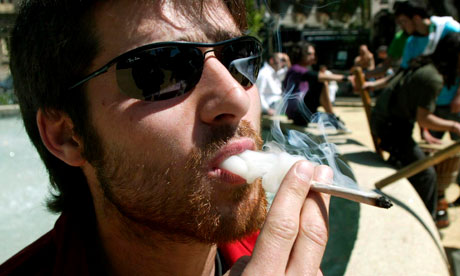Keg parties, drinking games and all-night drinking marathons are common occurrences on college campuses across the nation. Alcohol use on college campuses is not a new problem. It is, however, an issue that colleges and universities must continue to address.
The statistics are alarming. Four out of five college students drink alcohol in some form. Almost 600,000 students age 18 to 24 are injured each year while under the influence, almost 700,000 are assaulted, about 25 percent of students report academic problems due to drinking.
Binge drinking is the routine consumption of amounts of alcohol that bring the blood alcohol concentration (BAC) level to 0.08 g/dL or greater. This can pose serious safety and health risks, including car accidents, assaults and alcohol poisoning. With about one-half of college students who drink alcohol reporting that they binge drink, it has become a large problem. More importantly, it can lead to another problem: alcoholism. Research shows that almost 20 percent of college students meet the criteria for alcohol use disorder or alcohol related disorders. Studies also show that only around 5 percent of these students sought any kind of help or treatment for alcohol related problems.

Research is showing that there is a potential for long-term effects to students’ development and physiology. These may include issues with memory and slower reaction times. In addition, there is strong evidence that alcohol use in young adults may damage the frontal cortex of the brain, which continues to develop into an individual’s early 20s. This area of the brain is responsible for judgment, reasoning, impulse control, self-regulation and problem solving. Physiologically studies have shown that alcohol consumption in late teens and early 20s can affect growth as well as endocrine, liver and bone development. Problems later in life can include cirrhosis of the liver, liver cancer, a dual diagnosis of a mental illness, continued memory issues and increased chances of alcohol dependence moving forward into adulthood.
When a student has a problem and needs to seek help, there are numerous options, both inpatient and outpatient. Examples of these include rehabilitation centers and alcohol addiction treatment. Choosing an option is dependent on the needs of the student. The more intense programs include detox, rehab and halfway houses. Not all students would benefit from this rehab structure. Some students flourish in outpatient treatment, with a recovery counselor or a peer counselor. Each situation is different and requires the student to discuss options with his or her family and treatment team.
Regardless of the treatment choices made, it is imperative that the student have a good support system as they work through therapy. Recovery is possible by connecting with a good treatment center or therapist who can support and guide the student through the process of rehab and beyond.

